
COURSEWORK
Eshanya's EV-RE-001 course work. Lv 1
| Eshanya A | AUTHOR | ACTIVE |

Level 0 Report
11 / 9 / 2025
TASK 2: API
API stands for Application Programming Interface. It acts as a messenger to communicate between different softwares. During this task, we used an open weather api to create a weather app which displays the current temperature of any city across the world.
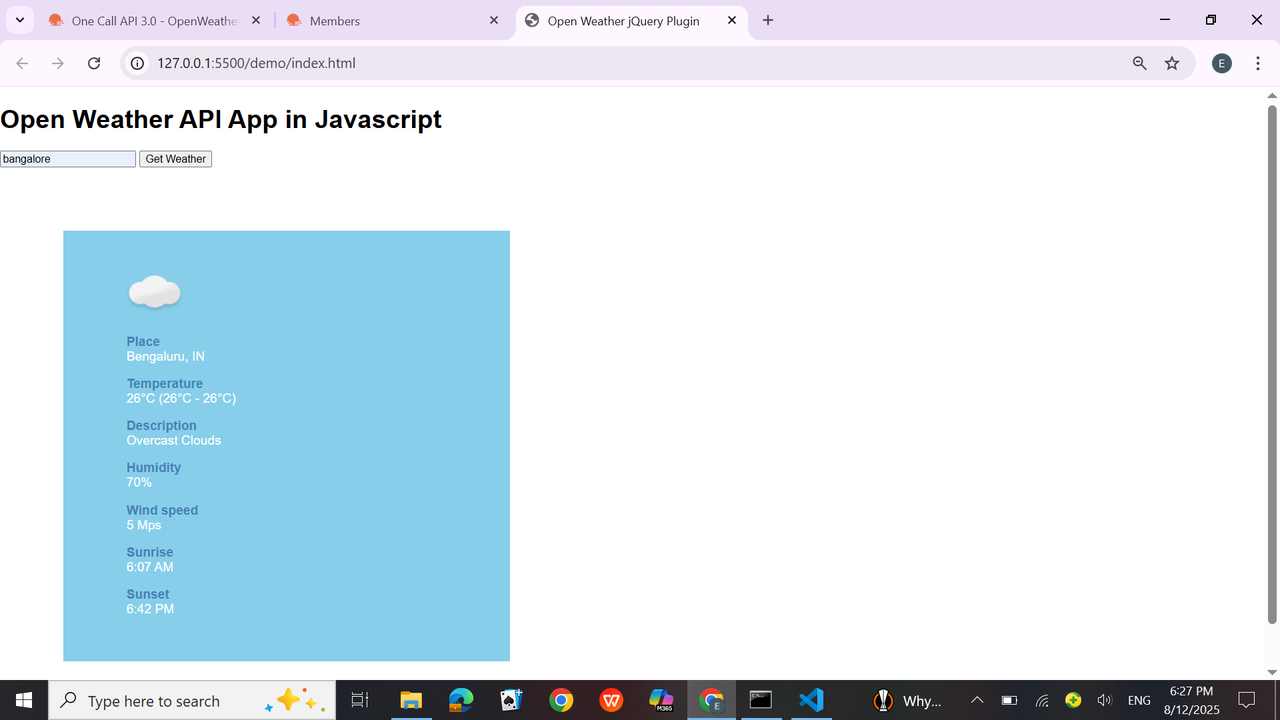
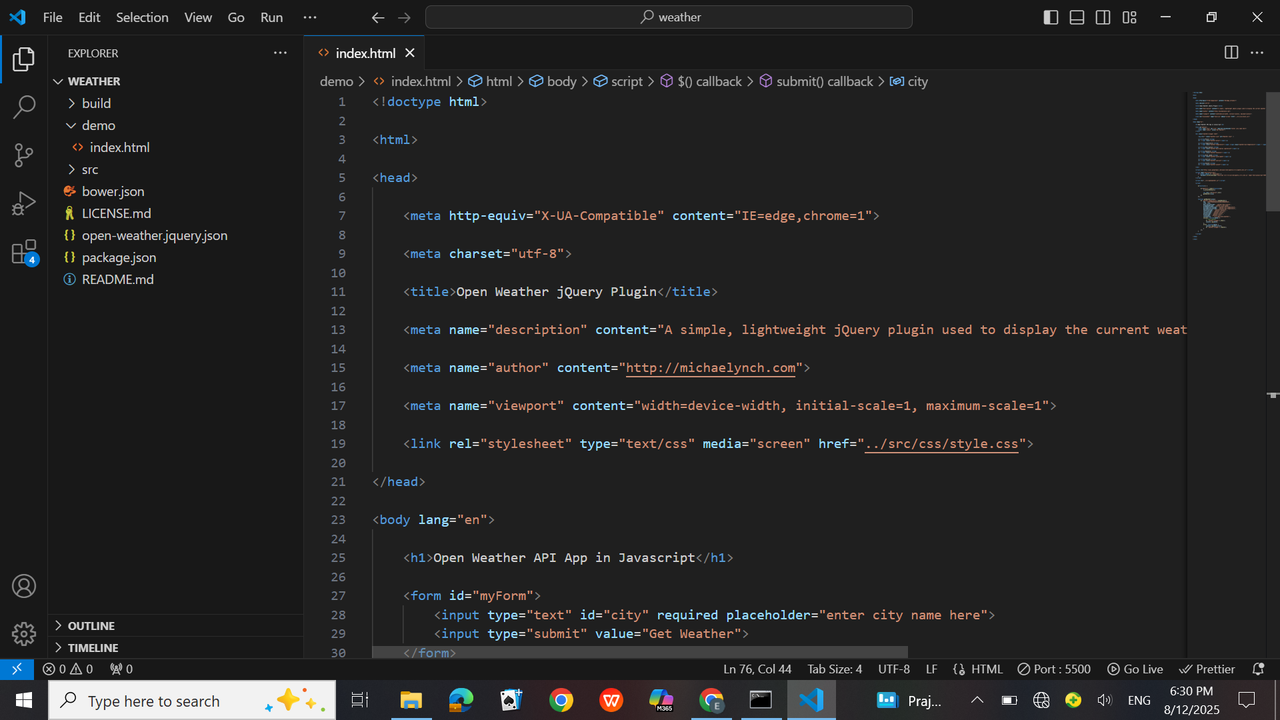
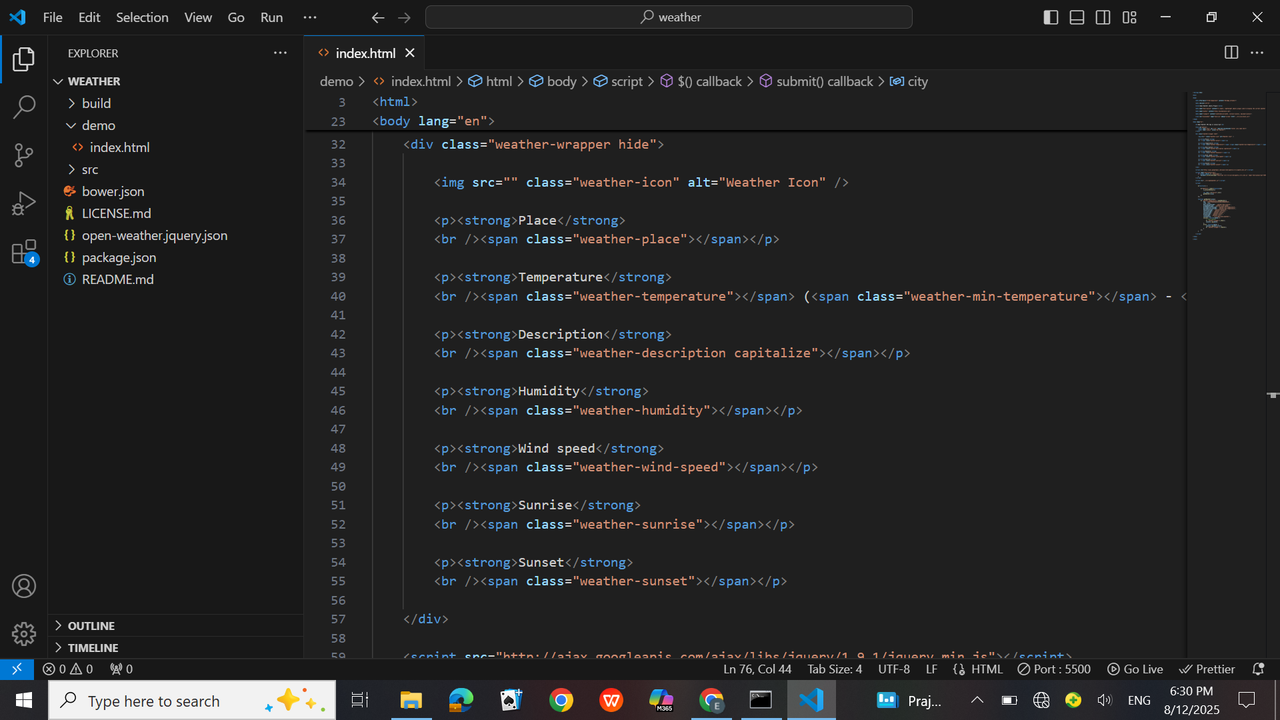
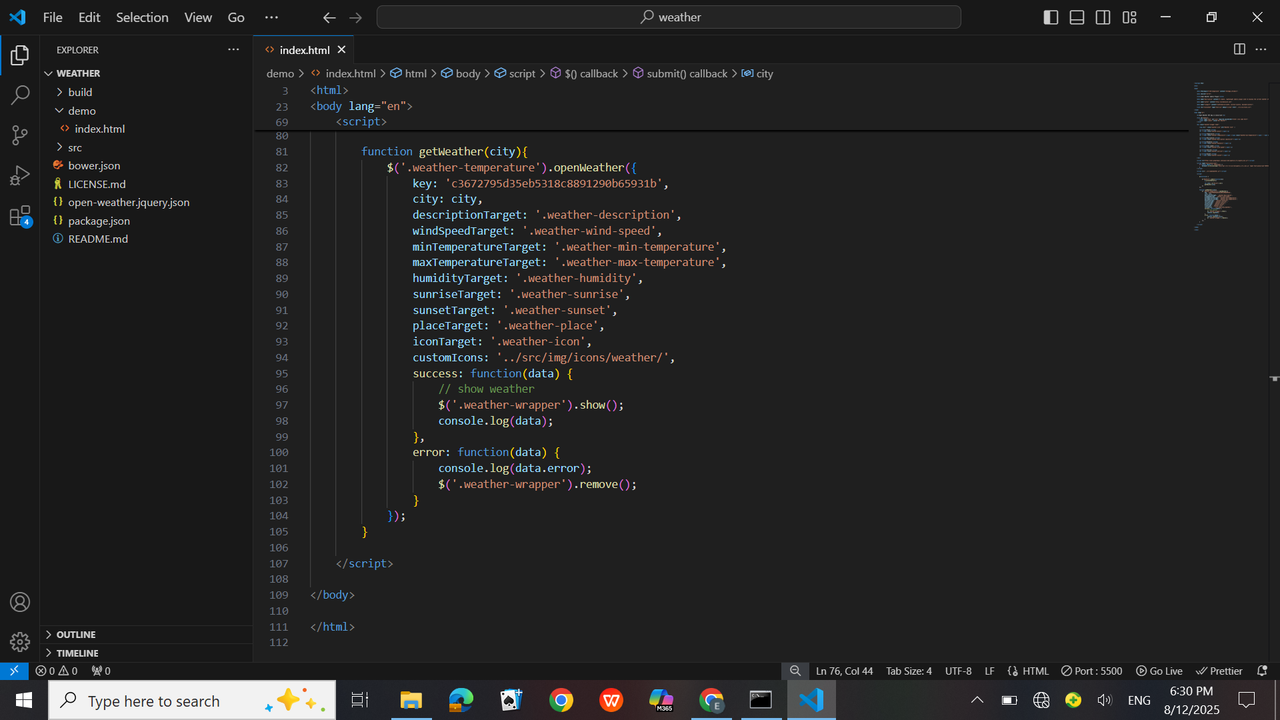
TASK 4: Get familiar with the command line on Ubuntu and do the following subtasks.
Create a folder named Marvel.
To change directory (cd) in the folder.
Create a blank folder in the folder without using any text editor.
List the files in the folder.
Create 2600 folders in the folder where each folder is named like M90 or B56.
Concatenate two text files containing any random text and display them on the terminal.
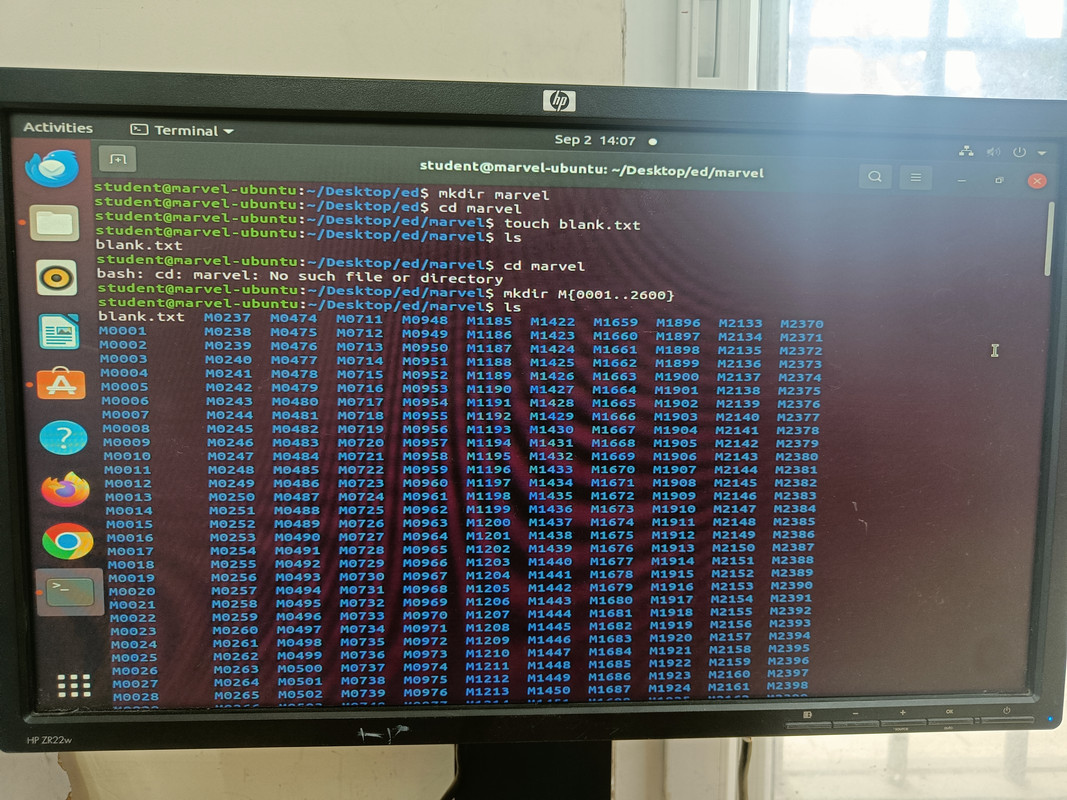
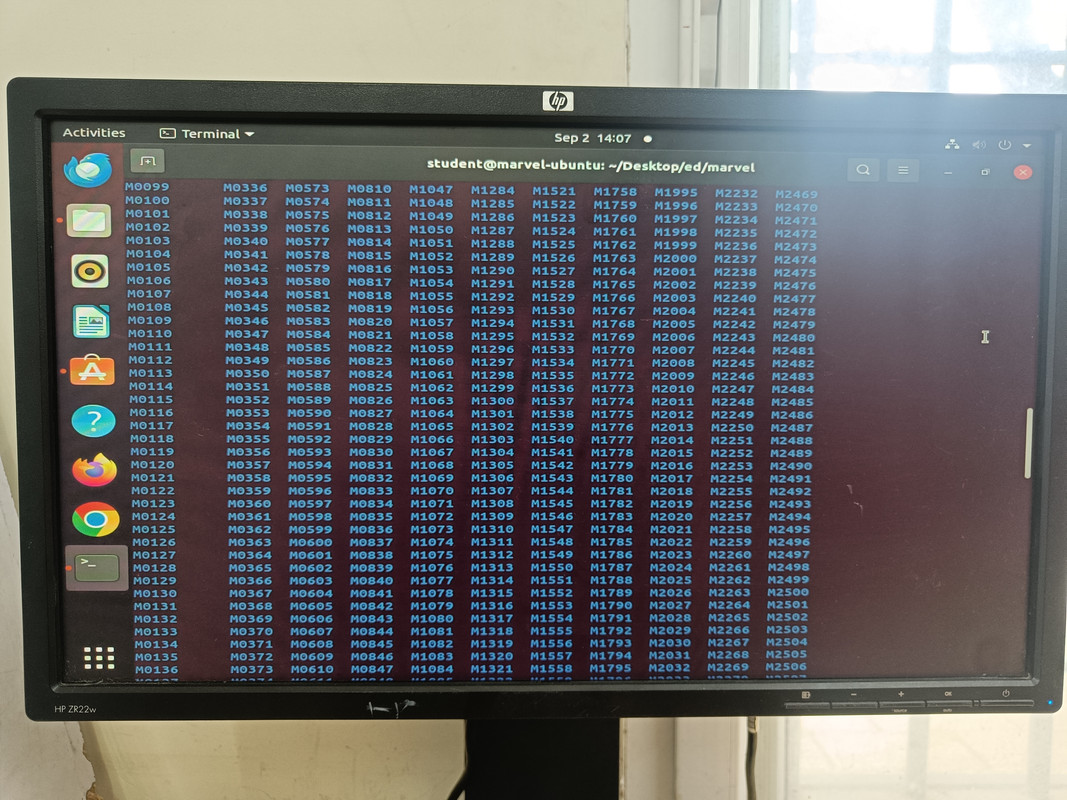
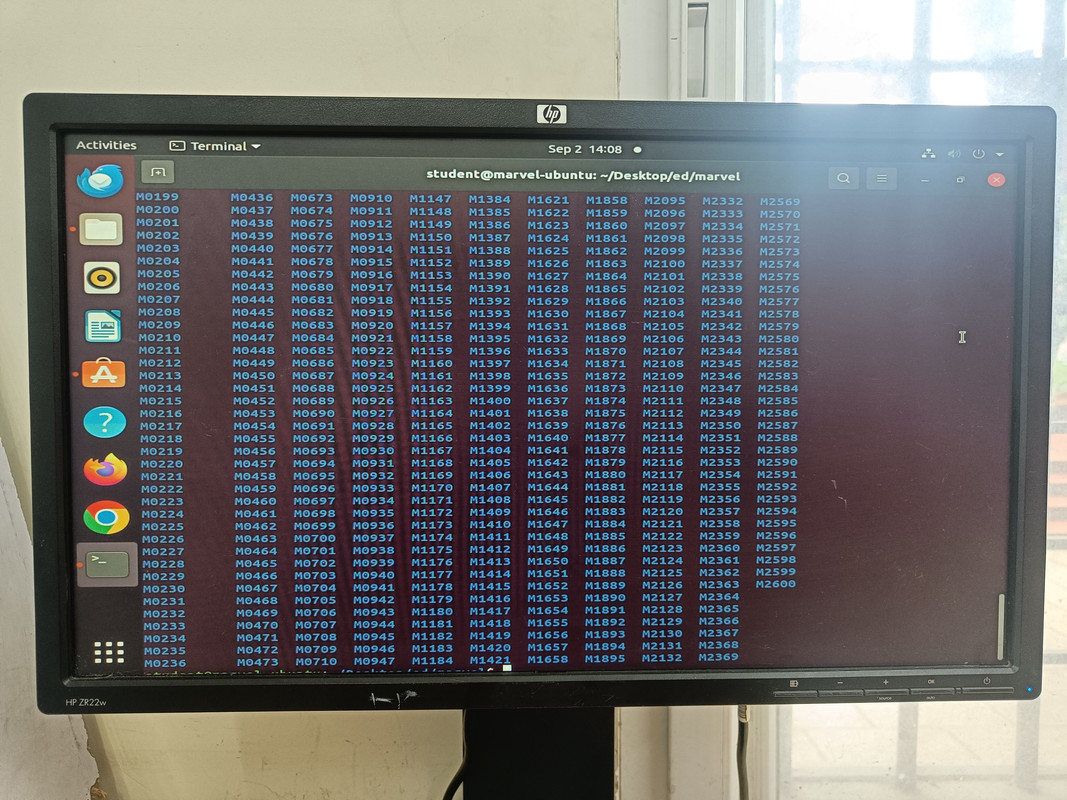
TASK 5: Build Your Own Brain -Linear Regression from Scratch
In this task, I understood the concept of gradient descent and weight optimization in linear regression. I learnt about the importance of feature scaling.
Gradient descent is iterative optimization algorithm used to measures the error of a model. It is used to minimize this error. Feature scaling is a data preprocessing technique used to standardize the range of independent variables or features in a dataset.
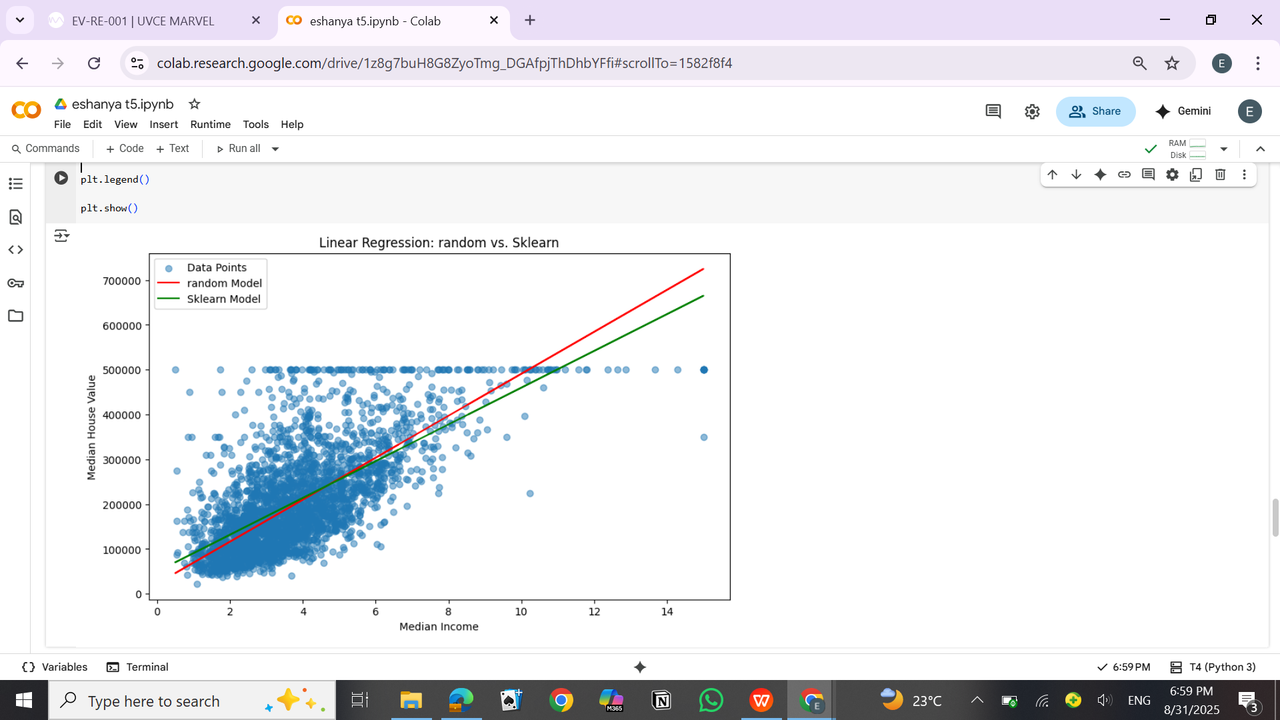
TASK 6 : The Matrix Puzzle — Decode with NumPy & Reveal the Image
In this task, I learnt about NumPy operations like reshaping, slicing, flipping, and transposing. I learnt to visualize 2D arrays using Matplotlib.
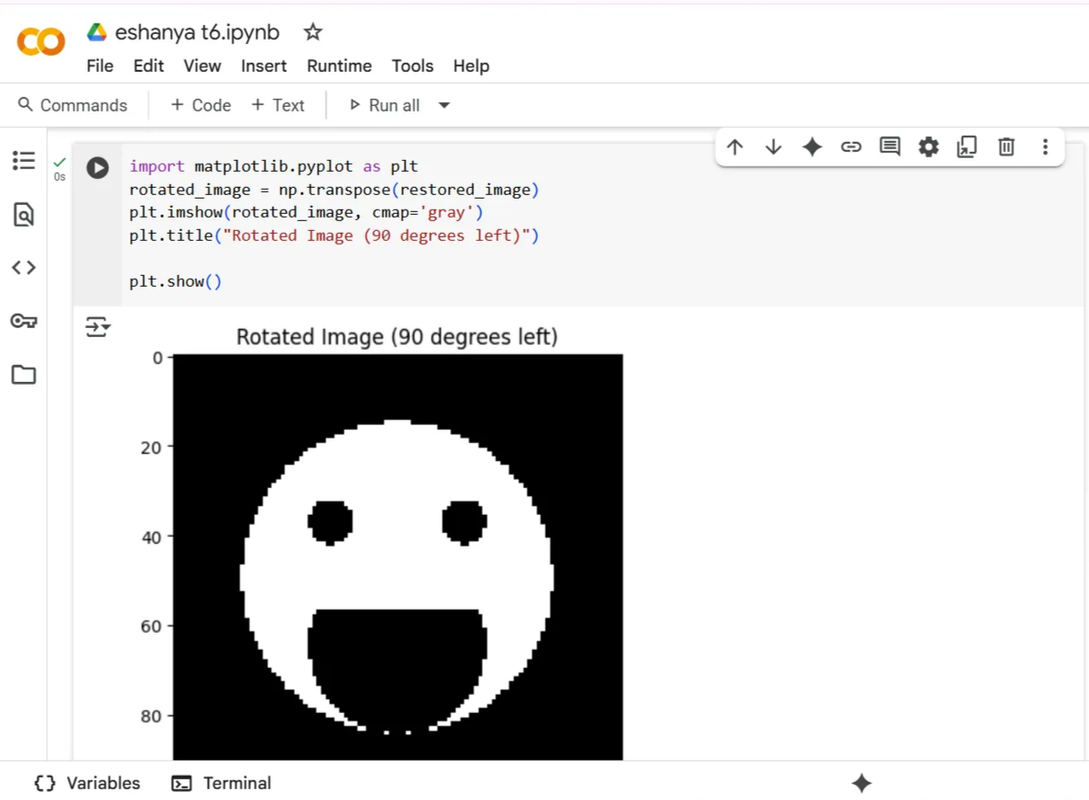
TASK 7: Create a Portfolio Webpage
In this task, I learnt to create a webpage to showcase my portfolio. It included my social media, education, hobbies and contact information. HTML and CSS were used in this task.
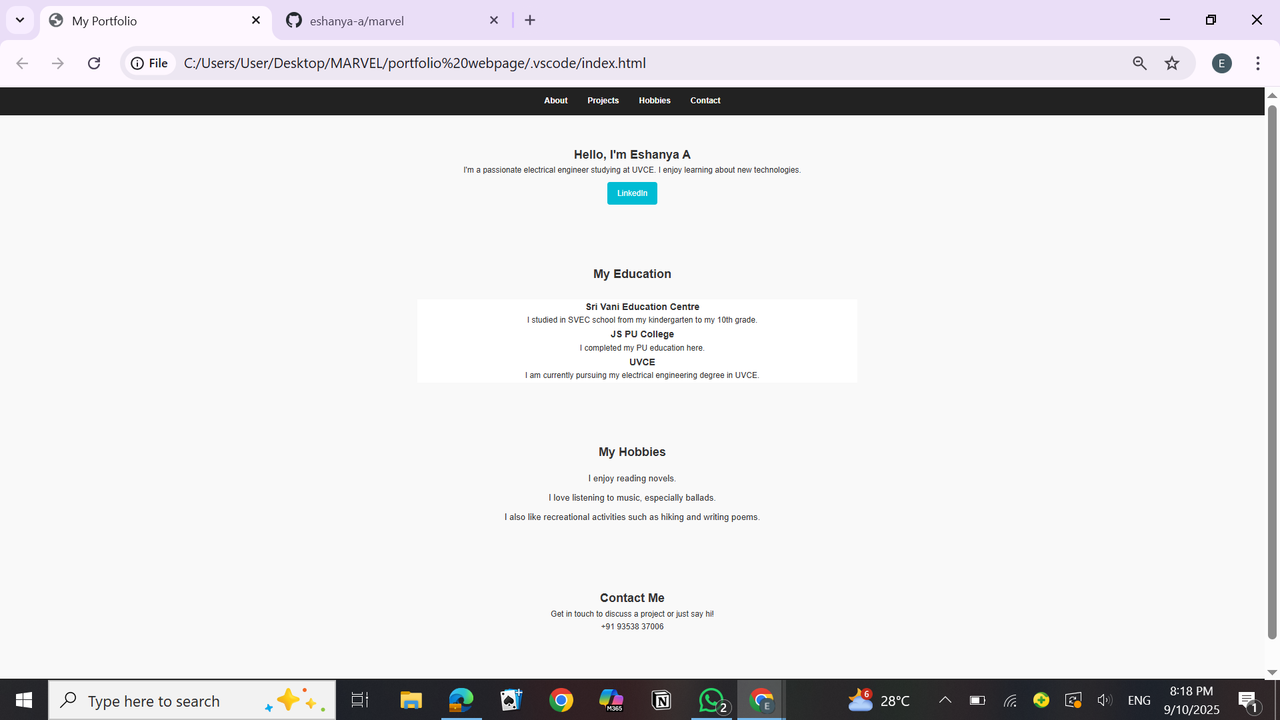
TASK 8: Writing Resource Article using Markdown
Markdown is a lightweight markup language that is used with simple plain-text for formatting. I created a resource article about Floating Photovoltaic Systems using Markdown to format my article.
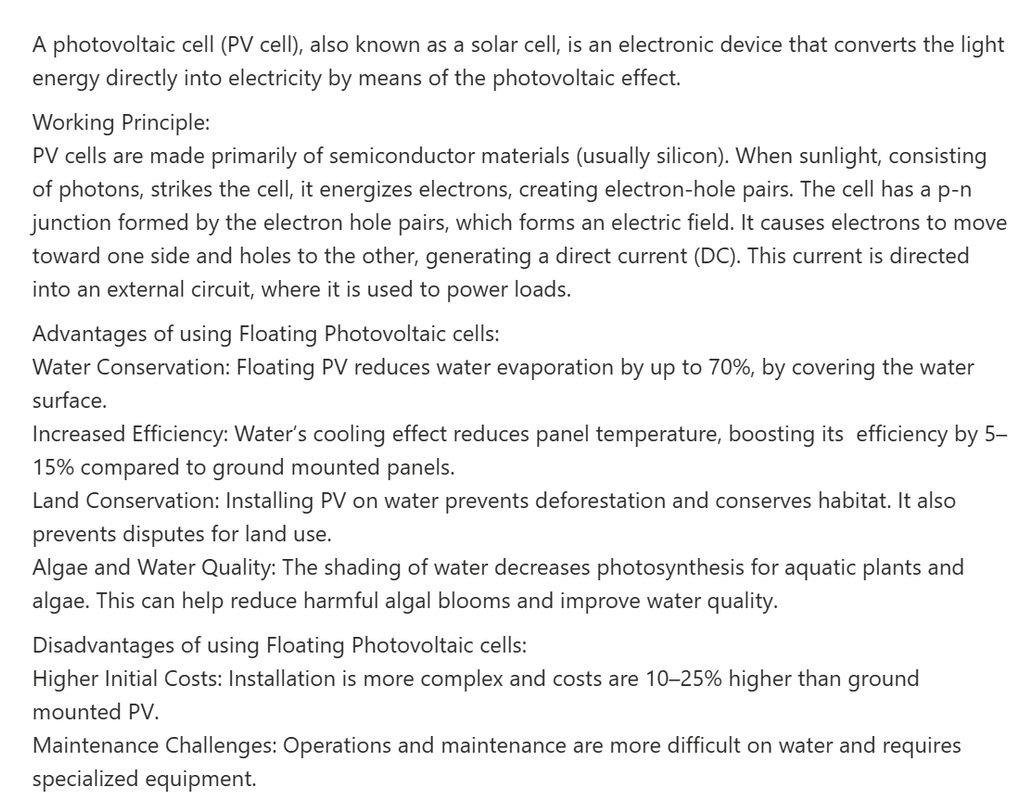
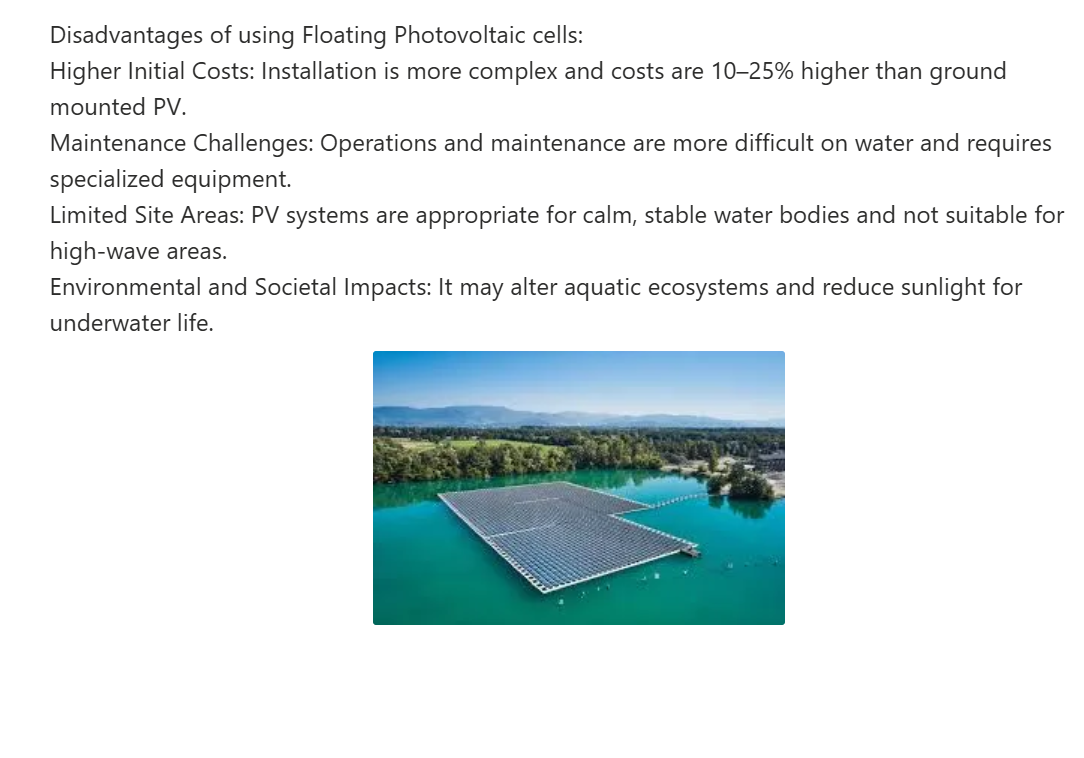
TASK 9: Tinkercad
I learnt to simulate a circuit on tinkercad. First, I created an account. Then I used Arduino, Ultrasonic sensor and servo motor to create a simple ultrasonic sensor circuit that detects the distance between the sensor and an object.
Ultrasonic sensors are used for contactless distance, presence, and level measurement by emitting sound waves and measuring the time it takes for their echo to return after reflecting off an object.
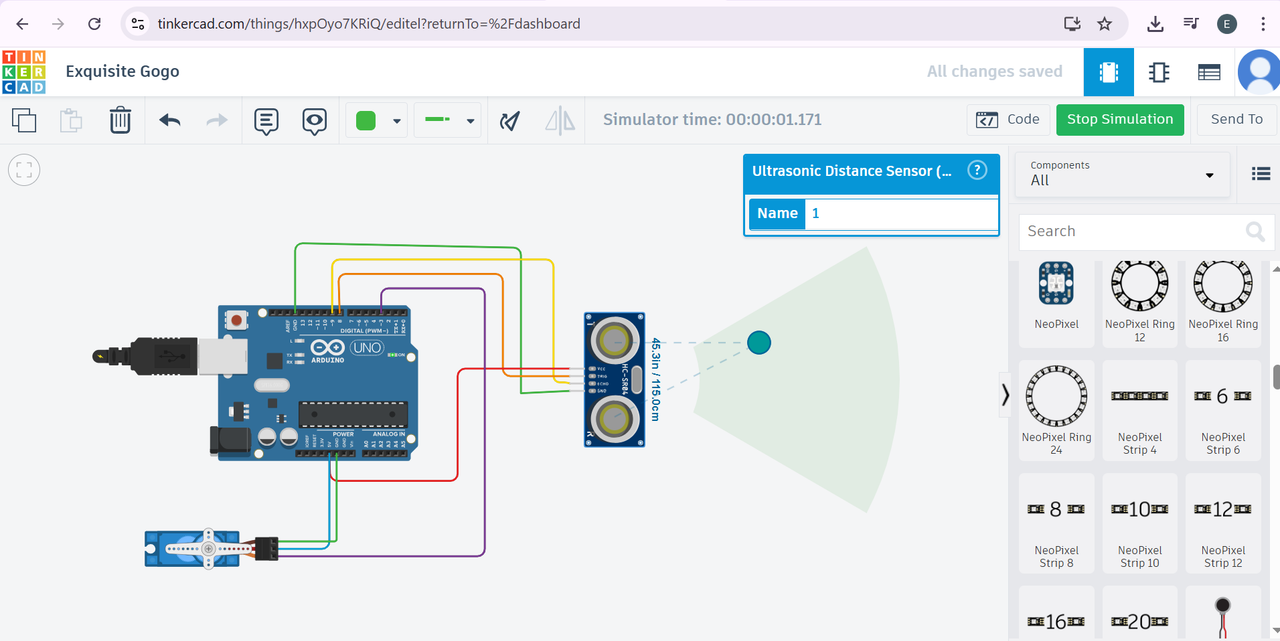
TASK 10: Speed Control of DC Motor
Speed control of DC Motor was done using the voltage control method. I used an Arduino, L293D motor drive and DC motor. This circuit was also rigged up in tinkercad. The H drive helps run the DC motor in both clockwise and counter clockwise direction by changing the polarity of the voltage.
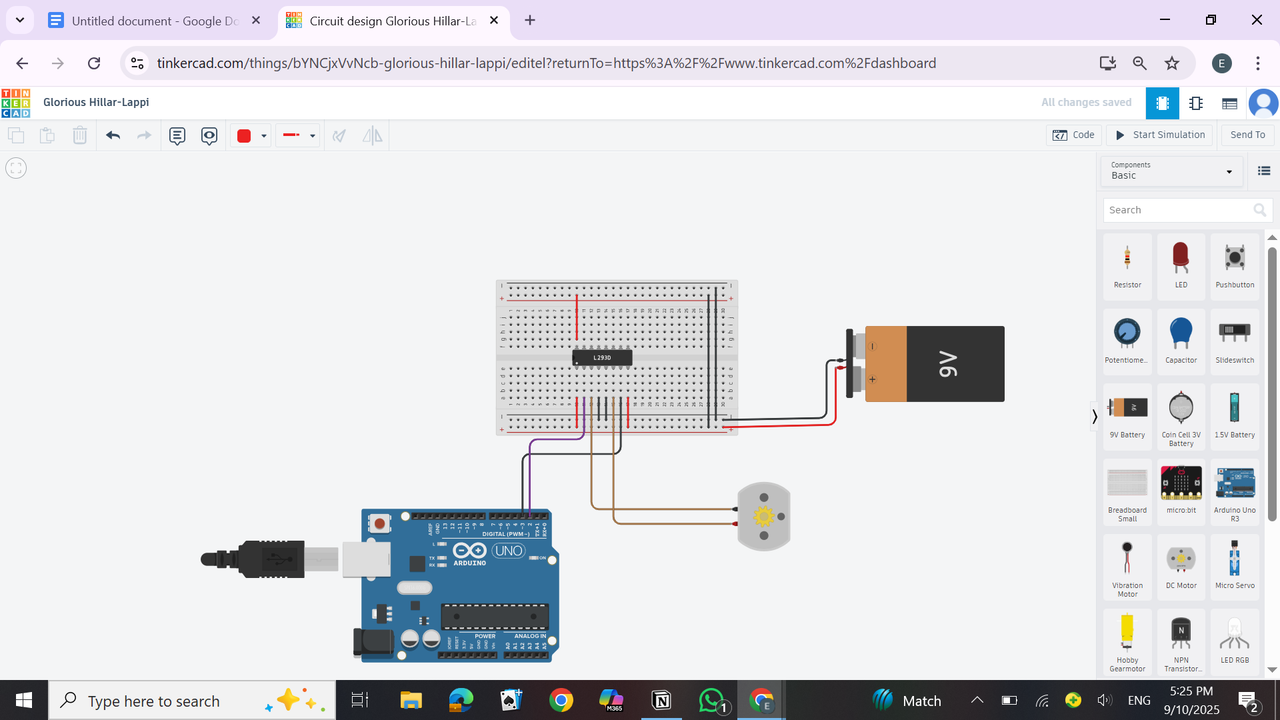
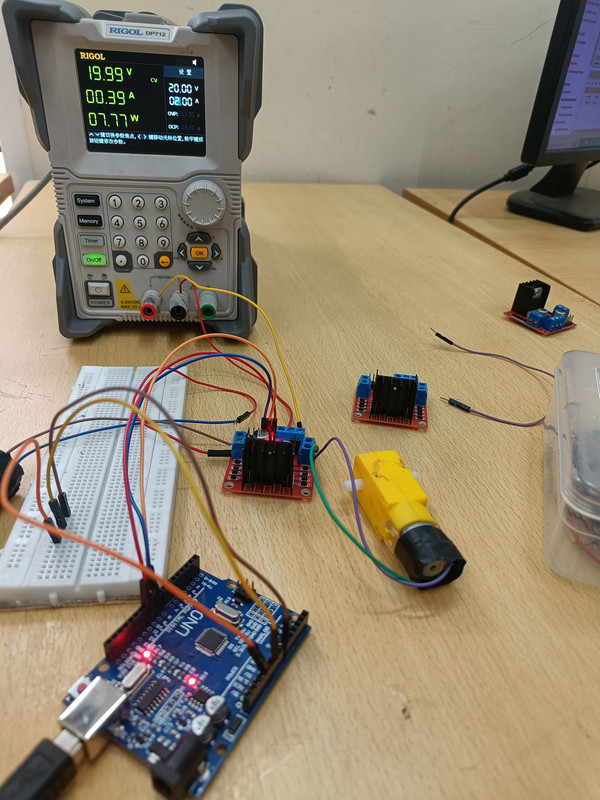
TASK 11: LED Toggle Using ESP32
ESP 32 is a versatile, powerful on-chip which has a microcontroller that integrates both Bluetooth and wi-fi capabilities. In this circuit, I used an ESP32, resistors(330 ohm) and LED lamps. I also created a standalone webpage to control the two LED bulbs.
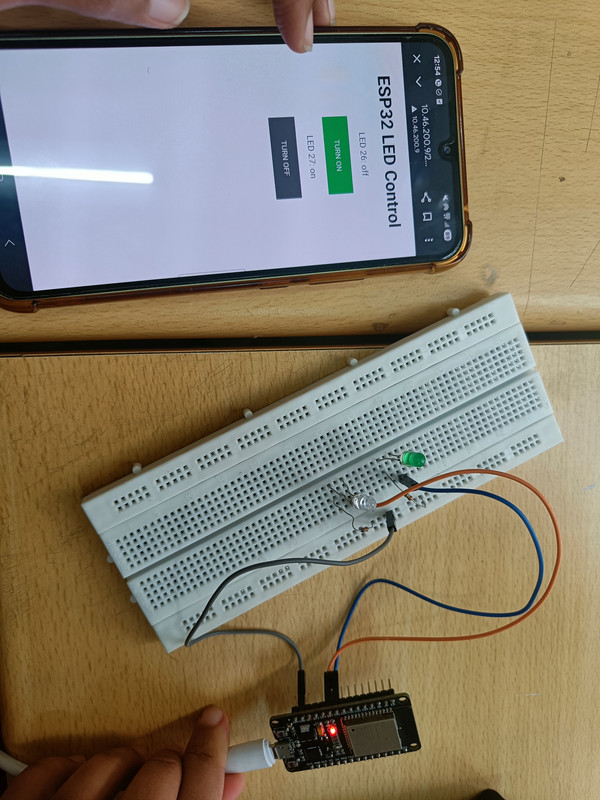
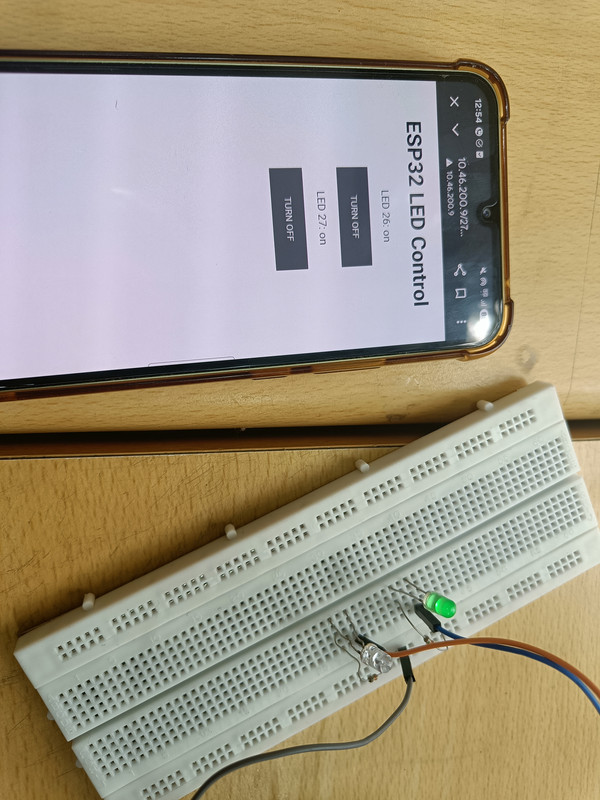
TASK 12: Soldering Prerequisites
In this task, I learnt about the soldering equipment like the solder, soldering iron, the flux, etc. I also learnt to make a small circuit using a LED lamp and resistor and soldering to the soldering board. I also learnt to de-solder them.
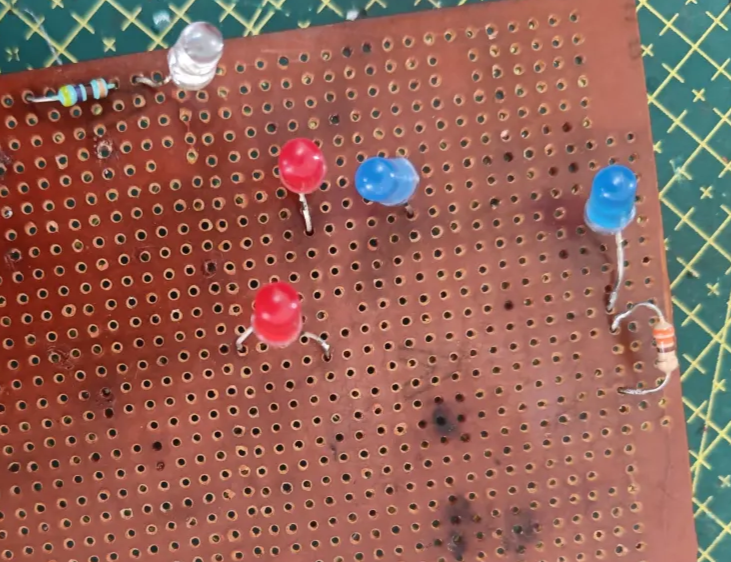
TASK 13: 555 Timer
I designed a 555 astable multivibrator with duty cycle 60% and observed the output on the DSO. To obtain the given duty cycle, I used the resistors R1 and R2 in the ratio1:2.
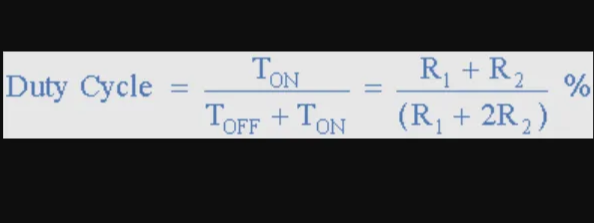
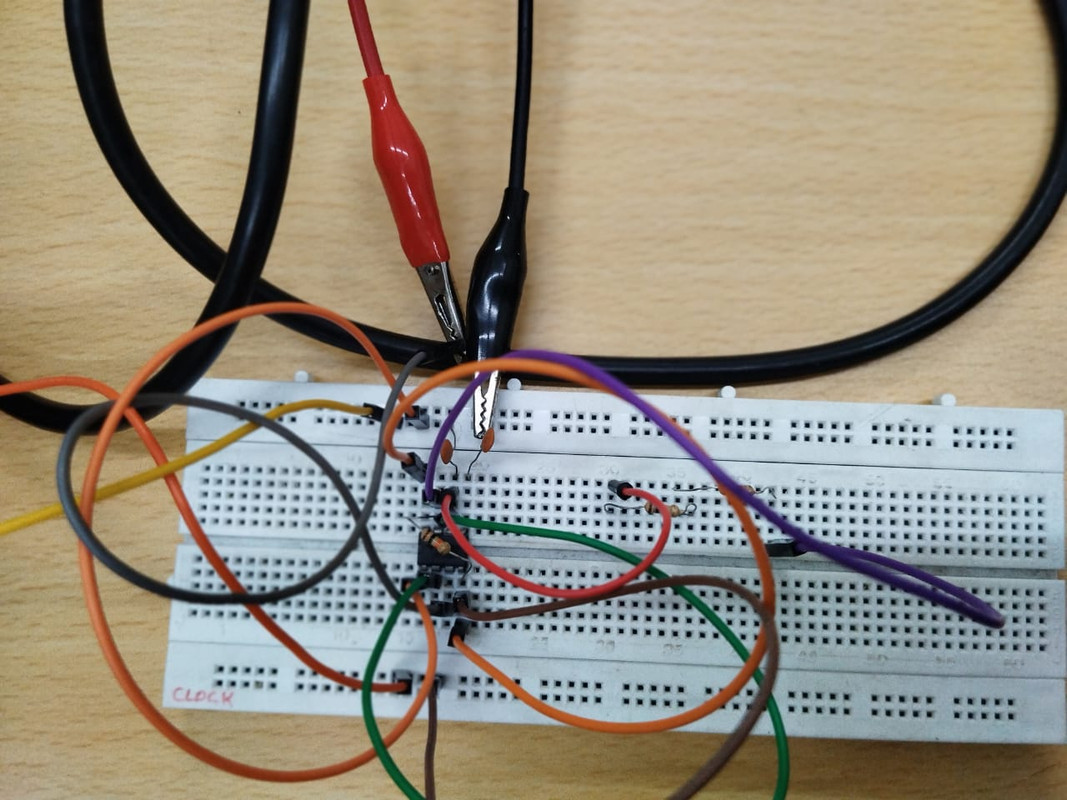
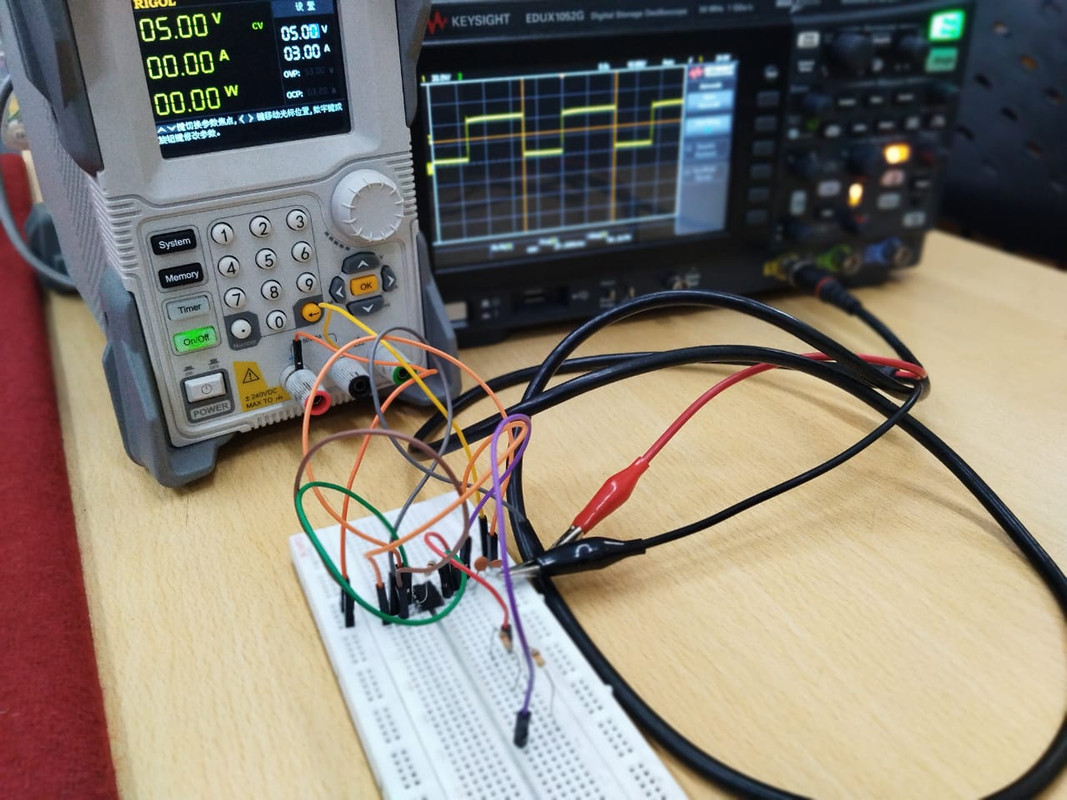
TASK 14: Karnaugh Maps and Deriving the logic circuit
For 4 cases, based on door lock/open and key pressed/not pressed. I have determined the karnaugh map and made a burglar alarm using simple logic circuits. The buzzer or led blinks when certain conditions are met, i.e, when an unauthorized entry is detected.
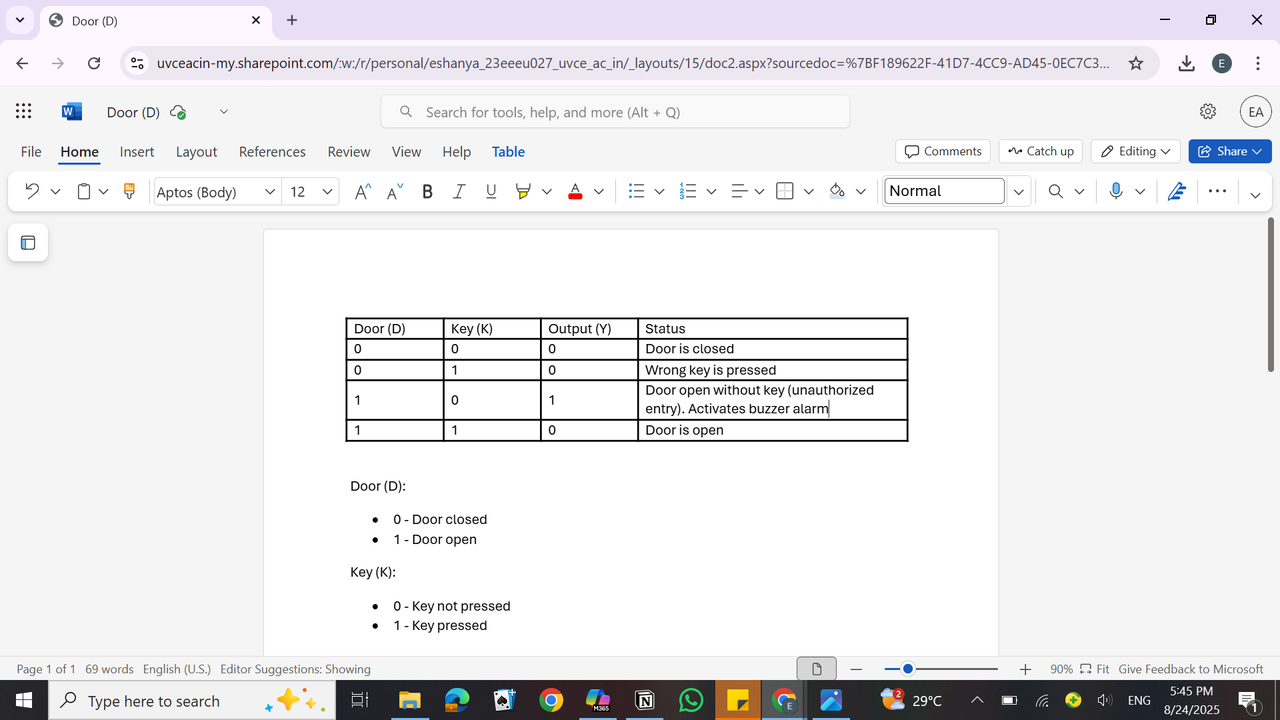
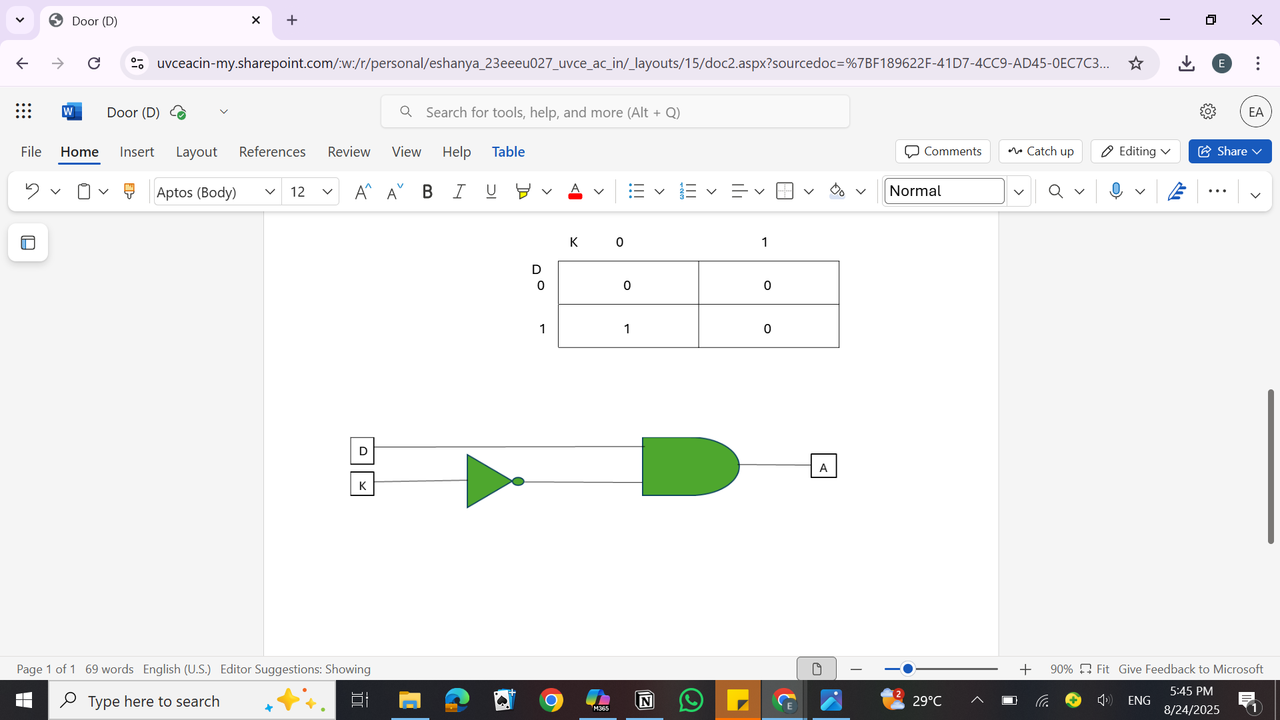
TASK 15: Active Participation
SolidWorks is a computer aided design (CAD) software used by engineers to design and create prototypes. It supports the entire product development lifecycle, from ideation and 3D modeling to prototyping, simulation for performance testing, and generating drawings for production.
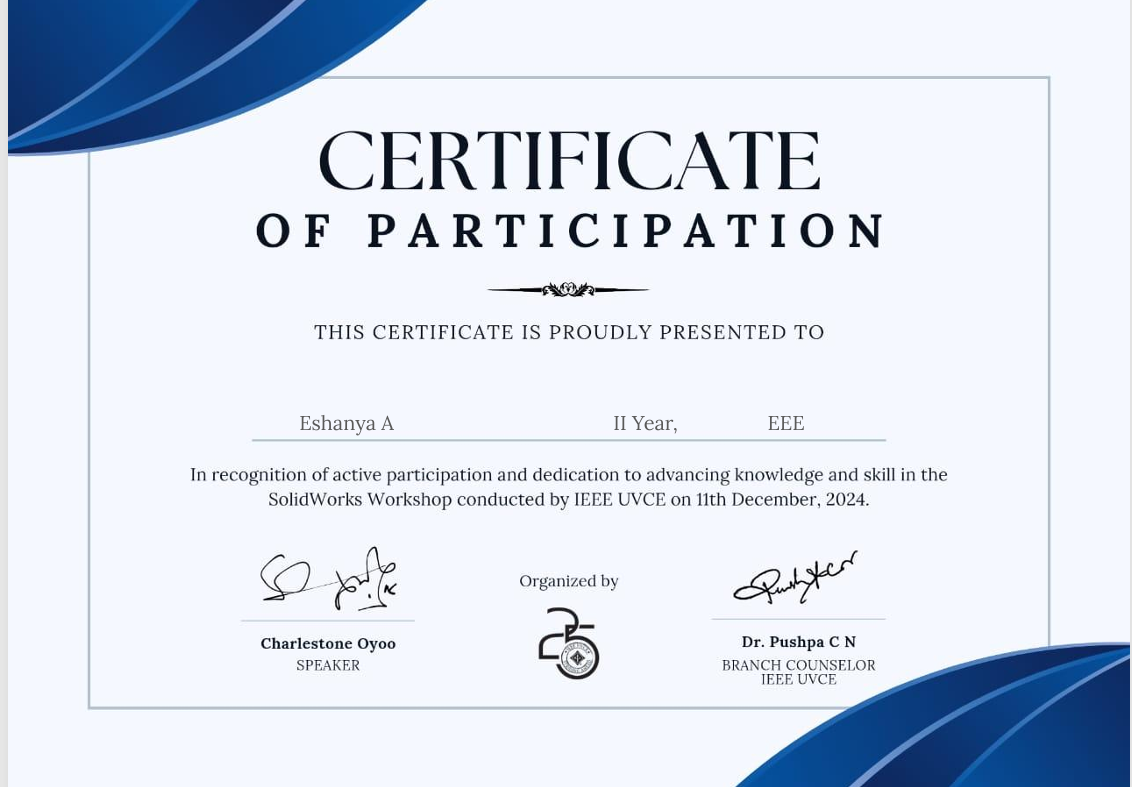
TASK 16: Datasheet Report Writing
L293D motor driver : Specify about the ICs used in L293D, PWM, H-bridge etc L293D is a motor driver IC (integrated circuit) used to control the direction and speed of DC motors. It acts as a current amplifier, taking low-current control signals from a microcontroller (like Arduino, ESP32) and providing a higher-current signal to drive the motors.
It contains 2 internal H-bridge driver circuits. An H-bridge is a circuit that allows us to apply a voltage across a motor in either direction, which in turn controls the motor's rotation. The circuit gets its name from its 'H' shape, with a motor in the crossbar and four switching elements (typically transistors) at the corners.
H-bridge : Controls the polarity and rotating direction
The L293D contains two internal H-bridge driver circuits. An H-bridge is a circuit that allows you to apply a voltage across a motor in either direction, which in turn controls the motor's rotation.
- Rotate the motor forward: by closing one pair of diagonal switches.
- Rotate the motor in reverse: by closing the other pair of diagonal switches.
- Stop the motor: by opening all switches or closing both switches on the same side.
**Pulse Width Modulation : **Controls the speed Pulse Width Modulation (PWM) is a technique used to control the average power delivered to a device, such as a DC motor, by rapidly switching the power supply on and off. The speed of a DC motor is directly proportional to the average voltage it receives. The L293D has "enable" pins for each of its H-bridges. By applying a PWM signal to these enable pins, we can precisely control the motor's speed.
- A high duty cycle (the signal is "on" for a longer period) increases the average voltage, resulting in a higher motor speed.
- A low duty cycle (the signal is "on" for a shorter period) decreases the average voltage, slowing the motor down.


Task 17: Introduction to VR
I used the Virtual Reality headset and learned how to operate the controls. I also gained an understanding of the distinction between VR and AR.
Virtual Reality (VR) is a computer-generated 3D environment simulation technology that provides users the ability to explore and interact with the environment. The main aim of VR is to fully engross the user within this virtual reality, substituting the physical surroundings with the virtual environment. This is generally facilitated by a head-mounted display or headgear, which offers a 3-dimensional perspective on the virtual environment. Most VR systems also have other hardware such as motion controllers, sensors, and feedback devices to monitor the movements of the user and offer a more real and interactive experience.
Augmented Reality (AR) maintains a view of the real world and adds digital information that's space-registered to your environment. AR heightens the user's experience of his or her current reality.
It's usually achieved through a device with a camera and display screen, like a smartphone, tablet, or dedicated smart glasses.
VR vs AR:
In VR, the totally virtual environment is perceived and the world outside is occluded. While in AR, the virtual or digital environment is superimposed on the real world. VR has greater immersion and presence and AR offers contextual information and visualization. The most widely used hardware in VR are headsets with opaqued displays, motion controllers and AR utilizes smartphones, optical or video-see-through glasses.
Applications:
VR is primarily applied to training simulators, gaming and collaborative design. AR applies to field service, navigation, retail try-ons, education.
Trends in VR and AR space
specialized applications within industries such as retail, healthcare, and education for training and remote collaboration. Greater emphasis is also given to enhancing visual and sound quality, making experiences more real and engaging, and providing the technology at an affordable cost through technologies like voice control and gesture.
- VR/AR and AI: AI is extensively used in VR and AR to make experiences more interactive and realistic. It also assists in developing enormous virtual spaces and creating fictional characters based on user's own taste.
- WebAR : WebAR (Web-based AR) is a popular trend these days, enabling users to directly access AR experiences using a web browser without having to download any app.
- Specialized Areas: VR is being applied by companies for training employees, remote work, and product development, and AR is being employed for remote support and visualization of data for frontline staff.
Technology Stacks
- Hardware: Hardware such as PlayStation is used by VR Setups whereas ARs utilize smartphones and glasses.
- Software: Software platforms such as Unity and Unreal Engine are extensively used for AR and VR development.
- Programming languages: Different programming languages such as C, C++, Python, JavaScript are utilized.
- 3D Engines: 3D Modelling such as Blender, Maya are utilized for creating virtual environment.
Indian Companies in this sector
- Tata Elxsi: A large firm that utilizes engineering and design to offer end-to-end AR and VR solutions across various industries.
- Quytech: An app development services company specializing in AR/VR offering end-to-end solutions for startups and enterprises.
- Irusu: A pioneering corporation that produces VR headsets and creates VR/AR content and hardware.
- Immersafety: Specializes in virtual reality for the purpose of increasing safety training and simulations across industries